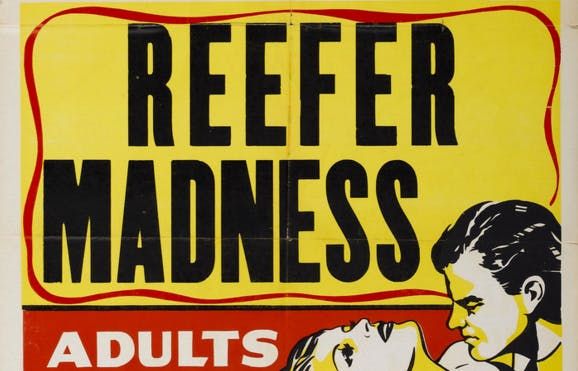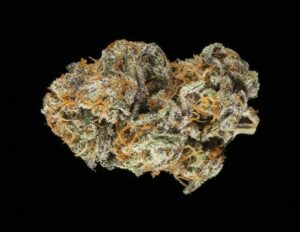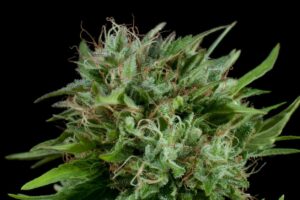Reefer Madness Marijuana Myths
Marijuana’s reputation has long been sullied by ‘Reefer Madness’ which has kept cannabis from being accepted as a viable form of medicine. As the tide has turned and more people are realizing the medicinal potential of cannabis, it can still be hard to break away from the damaging myths that have been created by anti-cannabis crusaders. Here are some of the most common myths about marijuana that have been proved false time and time again.
Myth 1: Marijuana Is A Gateway Drug
One of the most common myths cited by anti-marijuana advocates is that marijuana serves as a gateway to the use of “harder drugs”. The gateway phenomenon, however, has been studied multiple times by different researchers who have all concluded that cannabis is not a gateway drug.
Rice University’s Baker Institute for Public Policy conducted a 40 year study that tracked drug and alcohol usage. Data began being collected in 1975 through the National Survey on Drug Use and Health. The study found that in between the years of 1979 and 2014, the number of people twelve years old and older who used marijuana in their lifetime rose from 28% to 44.2%.
The number of people who used marijuana in the last year, however, decreased from 16% to 13.2%, as did the number of people who had used marijuana in the last month, from 13% to 8.4%. These numbers show low levels of frequent marijuana consumption, as well as a general decrease in semi-consistent marijuana usage. Though marijuana was tried more often by people, they used it less often on average than people did in 1979.
FOLLOW US ON FACEBOOK & INSTAGRAM
What was found in the study, however, was that alcohol use was far higher than the use of marijuana. The rate of monthly alcohol use is almost six times higher than that of monthly marijuana usage. The study showed that alcohol use had decreased slightly over the course of data collection, but that it was used at a much higher rate than marijuana on average.
Another study, which used the same data as the Rice University study found that out of 2,800 12th graders from across the country, 54% of them used alcohol before any other drug, compared to only 10% who used marijuana first. The study also found that the earlier teens used alcohol, the more likely they were to try other drugs and use them more frequently.
The National Institute of Drug Abuse has conclusively reported that majority of marijuana users do not go on to take other drugs and a 2008 study out of the American School Health Association, which also used Monitoring the Future data, found, “that alcohol represented the ‘gateway’ drug, leading to the use of tobacco, marijuana, and other illicit substances.” So, if there is one substance people have to worry about being a gateway for other drug use it is alcohol, not marijuana.
Myth 2: Legalization Leads to Increased Traffic Deaths
A study from Columbia University that was published in the American Journal of Public Health this year found that medical marijuana legalization actually led to a to an immediate reduction in traffic fatalities. The study looked at United States traffic fatalities between 1985 and 2014. There was a reduction of traffic fatalities found in in people between 15 and 44 years of age after the legalization of medical marijuana. The study also found an additional decrease in traffic fatalities where there were open medical marijuana dispensaries.
There was some variation among the different states and areas in the study, but the overall decrease in traffic fatalities tied with medical marijuana legalization showed that marijuana legalization actually made people far safer. The researchers in the study came to a few potential explanations for the decrease in traffic deaths. One conclusion was that people under the influence of marijuana were far more aware of their impairment than people under the influence of alcohol, and that they often consumed marijuana inside the home rather than out of the house at bars and restaurants. The researchers also pointed to a possible increase in police presence in areas where marijuana is legal as a reason for decreased traffic fatalities. No matter the suspected reasoning, the data speaks for itself when it shows that marijuana legalization is tied to a decrease in traffic deaths, as opposed a rumored increase.
Myth 3: Legalization Leads to Increased Teen Use
Marijuana is actually harder for teens to purchase nowadays. Data from the 2016 monitoring the future survey found that 8th and 10th graders had the lowest marijuana availability since data began to be collected on the question in 1992.
In 2016, 34.6% of 8th graders said that it would be easy to get marijuana, which is a 2.4% drop since 2015. 64% of 10th graders said that marijuana would be easy to get, a slight drop since the previous year. 12th graders, however, did report an increase in ease of accessibility to marijuana, but it was not a statistically significant increase from 2015 when they reported the lowest ever rates of easy access.
Overall teen use of marijuana is down as well as more states legalize cannabis. In 2016, 5.4% of 8th graders reported using marijuana in the past month, down from 6.5% in 2015. The number of 8th graders who reported smoking marijuana daily was also down 0.4% between 2016 and 2015. The number of 12th graders who smoked marijuana in the past month and daily remained stable from 2015 to 2016, which maintains the lowest rates of use in the last two decades. All of this nationwide information is consistent with the declined use of marijuana by teens in Colorado following recreational legalization in the state. Colorado had a lower than average use of cannabis by teens, and in 2015, the number of teens who used cannabis in the last month had decreased even though the marijuana industry in the state continued to expand. Teens are actually using less cannabis, which is now also harder for them to access, as more states continue to legalize medical and recreational marijuana.
The Truth About Cannabis
Marijuana is an extremely beneficial medication for millions people who suffer from various conditions. Cannabis has provided a breakthrough for decreasing the use of highly addictive opioids which are being abused at epidemic proportions. The pain relieving factors of cannabis cannot be denied, as well as it’s ability to help people with conditions like anxiety get through their day unimpeded.
Anti-cannabis crusaders, inside and outside of government, often use their stand influence and perpetuate untrue and damaging stereotypes about marijuana. Studies from influential institutions and countless patient testimonies and new research is proving that marijuana is a safe and effective medication that can aid people in finding and alternative source for pain relief.
If you are new to cannabis and want to learn more, take a look at our Cannabis 101 post. HelloMD can help you get your medical marijuana recommendation; it’s 100% online, private and efficient.






